After staging hundreds of houses to sell, I can confidently declare that we need an intervention to transition people away from tiny nightstands and tinier bedside lamps. Learning how to mix nightstands and lamps is especially important when staging your house to sell. And the experts in psychology back me up on this one…so stay tuned for that bit of “enlightenment”…..oy…

Here's the deal, if you aren't planning to sell your house, and you can see with a microscopic bedside lamp…
…or if you don't need more storage than a teeny, tiny bedside table offers…
…or you don't mind running the risk of falling out of bed to grab your phone in the morning….
…then who is this girl to judge?
But, from a design perspective, we've got an issue with scale (not balancing the size of the bed with the size of the partners on left and right). And from a selling perspective, we have an issue with both scale and how the space is lighted.
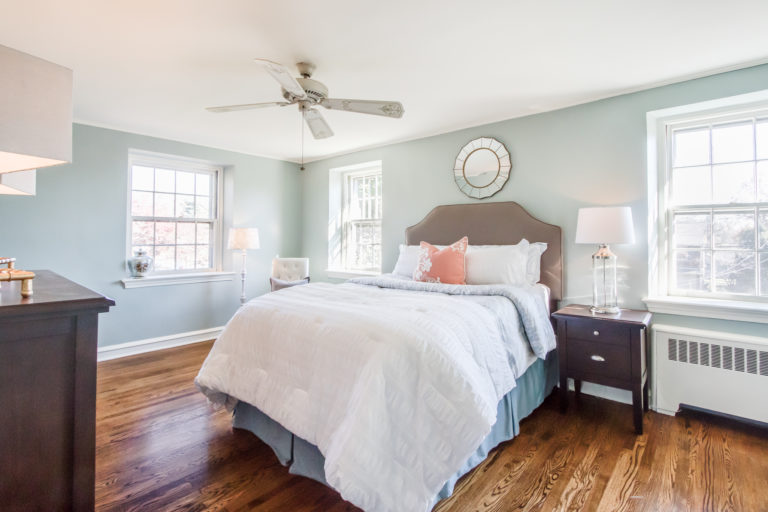
photo: Ashlee Hall
To help you create better balance and light, I have some great power couples (nightstands and lamps) that you can shop through, or just take inspiration from, at the bottom of the post.
Buuuuutttttt.….eyes up here for a few minutes longer….
We've got to first talk about how lighting and scale affect the humans who are your prospective buyers and how they affect your listing photos.
How to create better balance and light
environmental cognition
Ok, I know that Environmental Cognition sounds super fancy and possibly intimidating so let me knock the monocle off of Mr. Fancy-Pants for you.
Environmental Cognition describes how we humans respond when we enter a new space. Whether we know it or not, we are looking for a point of connection to something that we are already familiar with.
So you see, all of that stuff I talk about with connection isn't made up!
JK, I know you didn't really think that ; )
I digress…more importantly, this environmental cognition leads to environmental preferences, perceptions and impressions. And lighting is a very important part of that perception.
So let's talk about how we can get the lighting right to create an environmental preference with our potential buyers. It all starts with the way we light focal points.
focal points
It always comes back to focal points, doesn't it? Yep–I'm obsessed with focal points!
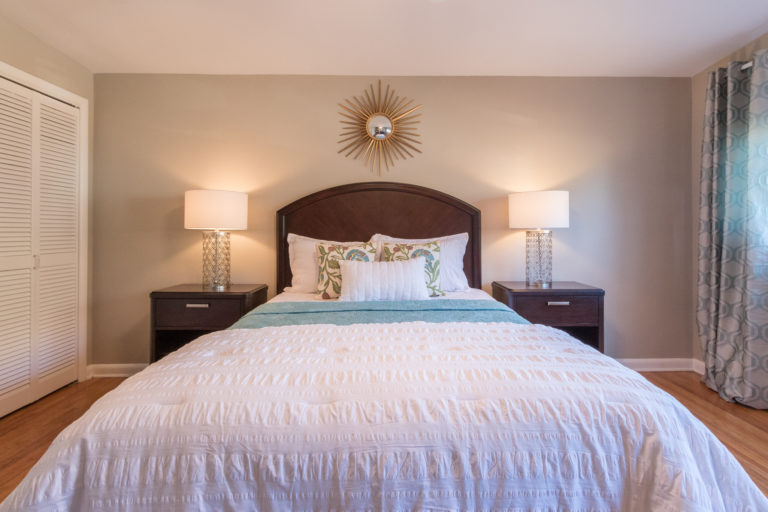
photo: Ashlee Hall
I talk at length about focal points in Modules 3 and 4 in my “Stage Your House To Sell Mini-Course” but the training in the course it is all about how to identify the focal points, what to do if you don't think your room has one, and how to accessorize every focal point. But I don't really touch on styling around a bed with nightstands and lamps. So let's do that now….
The ideal focal point in a bedroom
The wall that your bed is on should be the focal point in any bedroom. This isn't always easily achieved in some spaces but I can say that for the majority of bedrooms (especially master bedrooms) I come across, the “bed wall” is easily the focal point. So we have got to make it a strong one for both photos and showings.
You can check out the blog here about how to style a bed like a pro. And coming up I'll share the size rules that you should know for your bed's compadre's.
But research suggests that to enhance someone's environmental preference, we should be lighting that focal point brighter than the overall space.
And that is where small nightstands and lamps become a problem.
Not only do small lamps and tables leave you with an underwhelming focal point in photos, but they also don't add that gorgeously lit spotlight on the beautiful bed.
But fear not, if you are getting ready to sell and have nightstands that are too small for nice-sized lamps, you have two options. You can remove the nightstands altogether and use floor lamps as we did here:
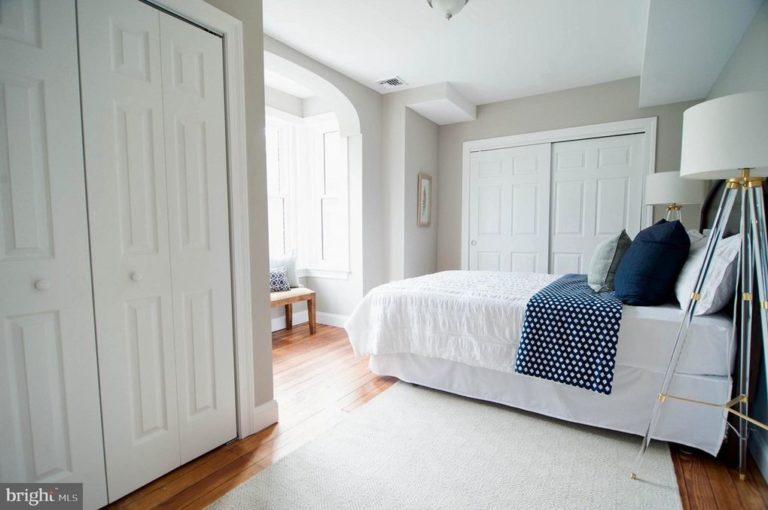
photo: Jennifer Churches Photography
Or you can use plug-in, wall-mounted sconces that can do the trick to create a great focal point and provide the light that makes buyers swoon. (click image to take you to shopping links):
And remember to cover the cord with something like this (click image to take you to the shopping link):
Mix Nightstands and Lamps Like a Pro
But, if I have made you worried and you want to make sure that you have the right-sized nightstand and lamps, here are the rules:
- A nightstand should be anywhere from 24 inches to 27 inches tall, or within 5 inches above or below the top of your mattress.
- Consider the size of your bed when choosing a nightstand. The average size for a nightstand is about 20 inches wide which is perfect for a twin or full-sized bed. A big bed may need a 24-30 inch wide bedside table. The key is to keep it in proportion to the size bed that you have.
- When deciding between nightstands with open and closed storage, ask yourself: how much stuff do you keep in your nightstand? This is a very personal question, and there’s no right answer.
- For lamps, you really want their height to be anywhere from 24-27 inches high.
And there you have it. Now onto the goods so you can mix nightstands and lamps like a pro…!
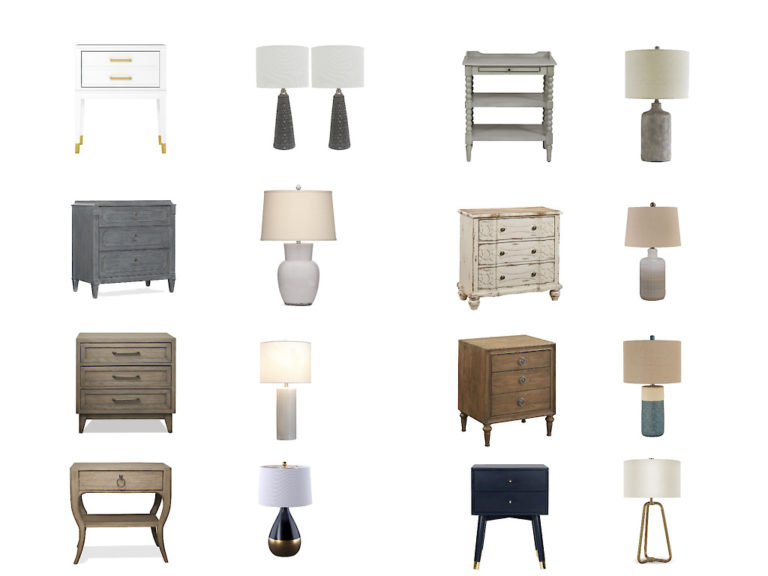
xo,
Lori
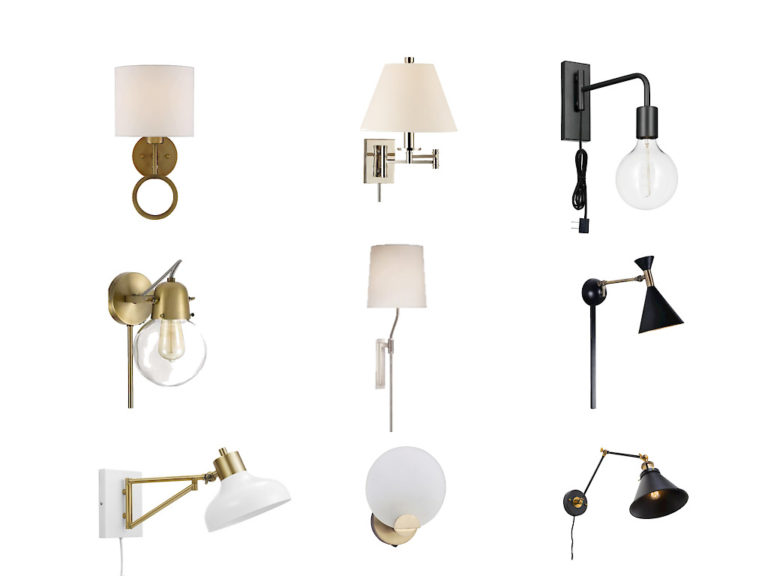

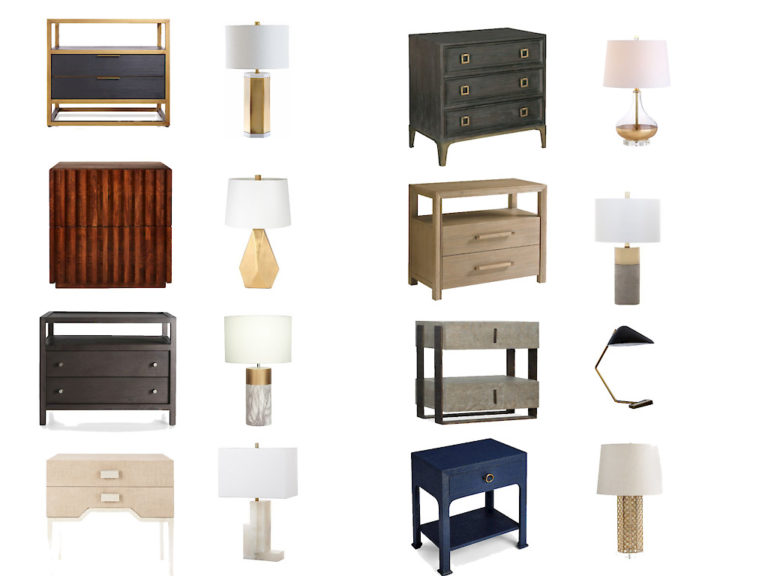
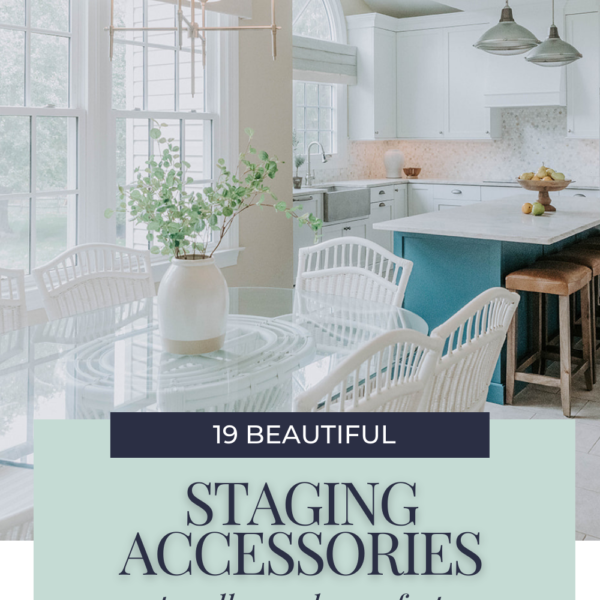
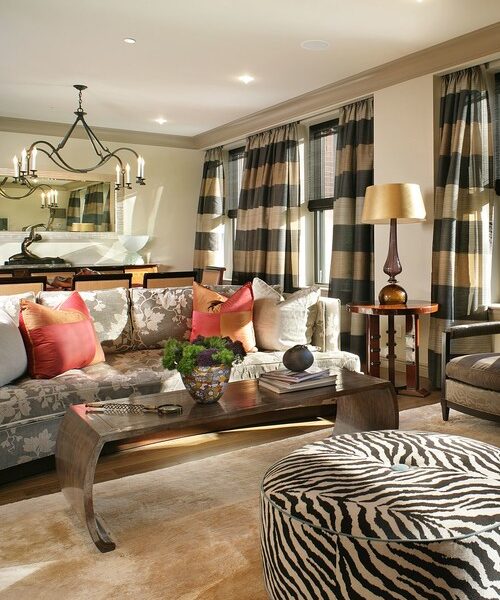
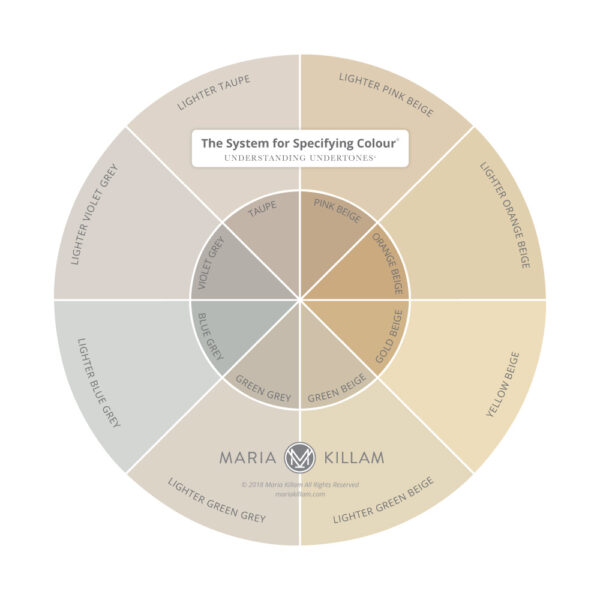
Leave a Reply